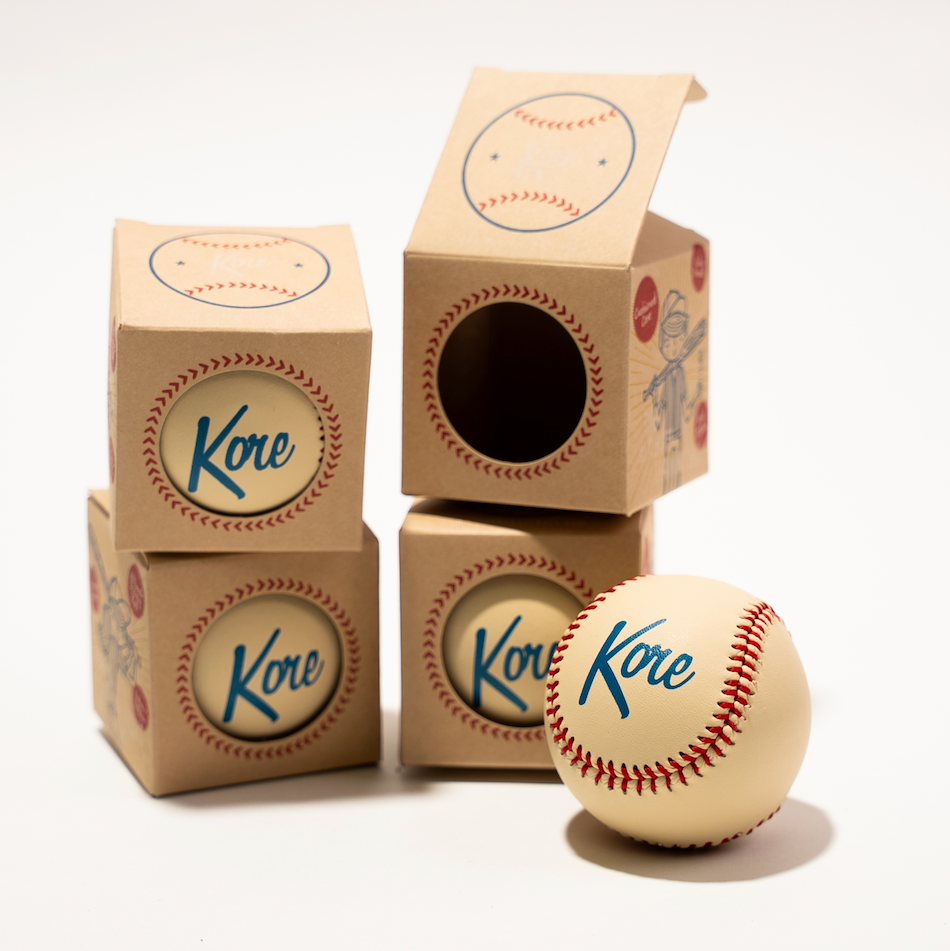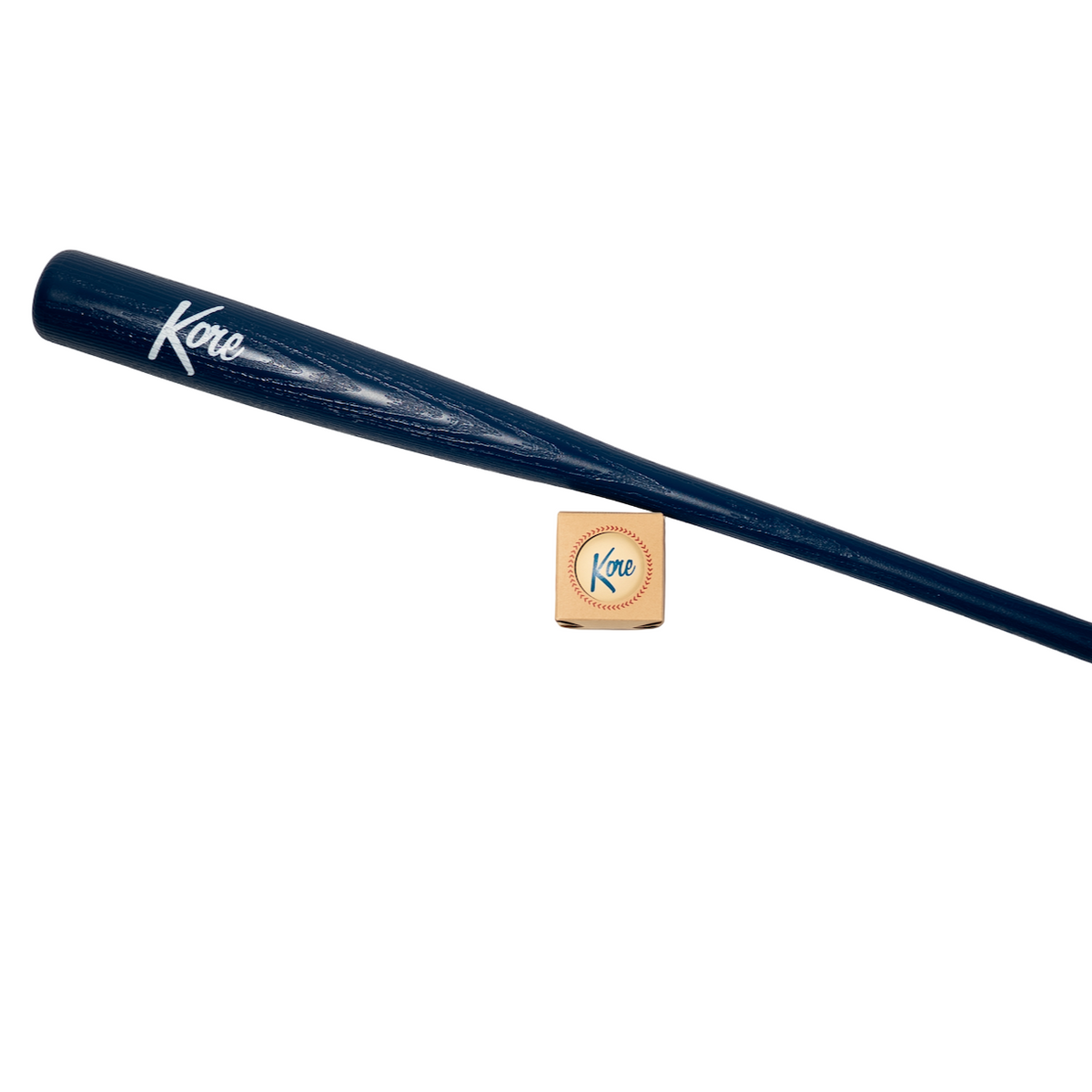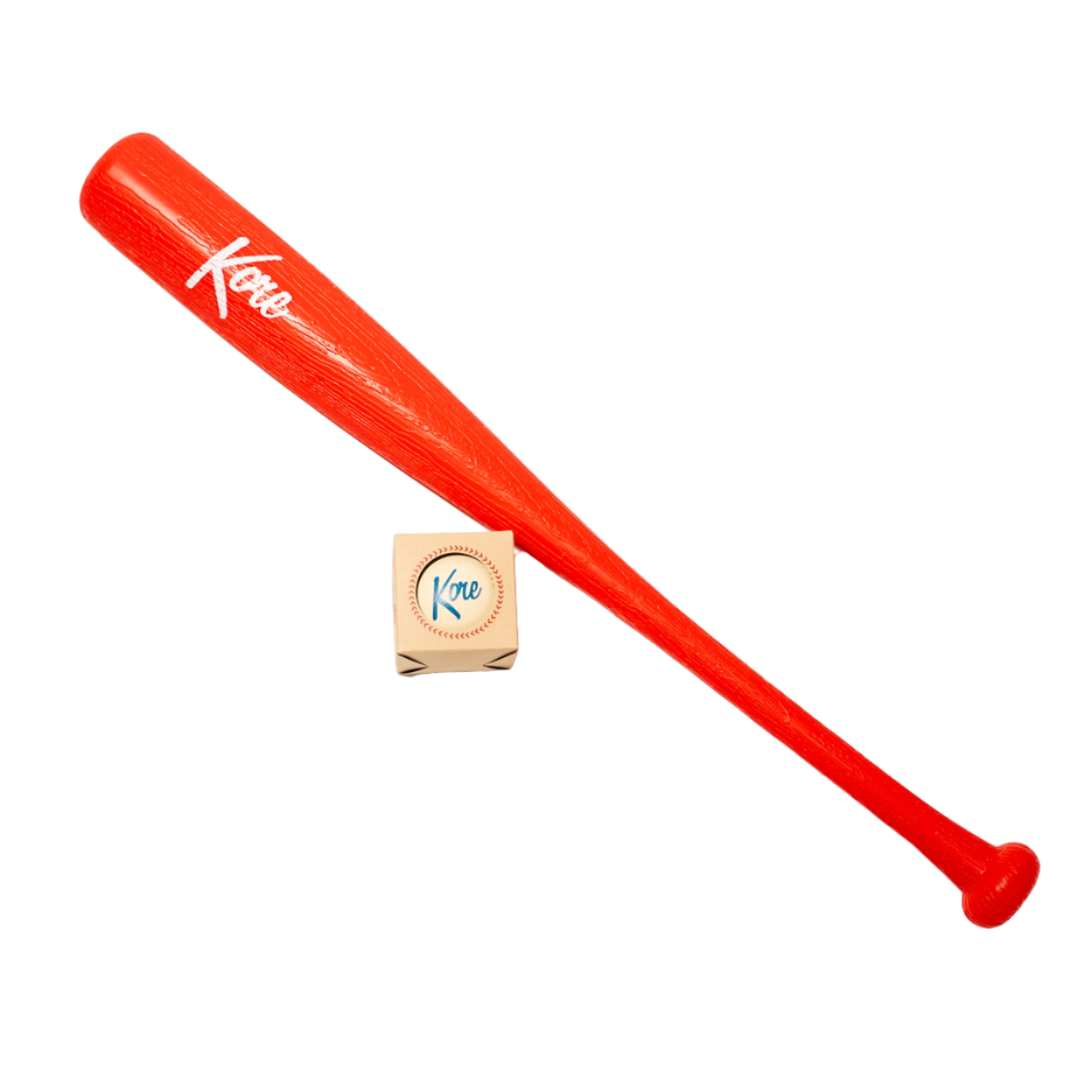Step 1: Selection of Raw Materials
The process of manufacturing a baseball begins with the careful selection of raw materials. The core components, namely cork, rubber, and yarn, play a crucial role in determining the quality, performance, and durability of the final product.
Cork, known for its lightness and ability to retain shape, is carefully sourced and cut into small, precise pieces. Similarly, rubber is chosen for its elasticity and resilience. A combination of these materials forms the core of the baseball, providing the desired bounce and feel.
Yarn, another key material, is wound tightly around the core in a specific pattern. Various types of yarn, such as polyester or a blend of wool and nylon, may be used. Each type has its own impact on the ball's flight, grip, and overall performance.
Step 2: Cutting and Shaping the Core
After the raw materials are selected, the next step involves cutting and shaping the core components to achieve consistency and precision. Specialized machinery is used for this purpose.
Cork and rubber are cut into consistent shapes and sizes, ensuring uniformity across all baseballs. The core materials are then meticulously shaped to meet specific weight and dimension requirements. This process is crucial in maintaining fairness and consistency during gameplay and ensures that each ball adheres to the standard specifications and regulations.
By using advanced techniques and machinery, manufacturers can consistently produce cores of the highest quality, allowing for a better playing experience and contributing to fair competition on the field.
Step 3: Winding Yarn around the Core
Once the core components are prepared, the next step in the baseball manufacturing process is the winding of yarn around the core. This step is critical in determining the ball's performance, resilience, and durability.
A specialized machine is employed to wind the yarn tightly around the core in a precise pattern. The technique used during this step can vary, with manufacturers often opting for a specific number of yarn layers and a specific direction of winding. These factors can impact the ball's flight characteristics and grip for pitchers and fielders.
Various types of yarn materials can be used, such as polyester, wool, or nylon blends. Each type of yarn will contribute differently to the ball's overall performance. For example, wool may provide better moisture absorption, while polyester might offer increased durability. The choice of yarn material and winding technique is vital in creating a ball suitable for different gameplay conditions and player preferences.
Step 4: Applying the Leather Cover
After the yarn winding is complete, the baseball moves on to the stage of applying the leather cover. The leather cover serves multiple purposes, enhancing the ball's grip, durability, and overall appearance.
Manufacturers typically use cowhide or synthetic materials for baseball covers. Cowhide, known for its durability and traditional feel, remains the popular choice among professionals and serious players. Synthetic materials, on the other hand, may offer advantages such as increased water resistance and consistent performance in varying weather conditions.
Expert craftspeople carefully cut the leather cover into precise shapes to envelop the core and stitch it together meticulously. The stitching process is crucial in ensuring the cover remains securely attached to the core, even during intense gameplay. The tight stitching pattern also contributes to the ball's grip and aerodynamic properties as it spins through the air.
Step 5: Quality Control and Inspection
Manufacturers of baseballs prioritize rigorous quality control and inspection processes to ensure that every ball meets the highest standards. These thorough assessments guarantee that the balls are consistent in weight, circumference, and other important factors that influence gameplay.
During the quality control phase, each ball undergoes meticulous testing. This involves checking the weight to ensure it falls within the acceptable range specified by regulations. The circumference of the ball is also measured to ensure consistency and fairness for players. Additionally, rebound tests are conducted to examine the ball's elasticity and responsiveness.
Visual inspection is another vital aspect of quality control. Manufacturers carefully examine each ball to ensure there are no defects on the cover, such as cracks or uneven stitching, which could impact its performance or longevity. Only after passing these quality control tests are the baseballs deemed ready for market.
Step 6: Logo and Branding
Once the quality control process is complete, baseballs enter the final stage, which involves adding the logo and branding elements. Manufacturers imprint the balls with their distinctive logos, along with other relevant branding information.
The logo and branding are often stamped onto the leather cover using specialized techniques that maintain the integrity of the ball's surface. The position and size of the logo can vary, but it is typically placed in a prominent location for easy visibility during gameplay.
Branding choices can have an impact on the ball's aesthetics and market appeal. Some manufacturers opt for bold and eye-catching designs, while others maintain a more traditional and classic appearance. The branding also serves as a means for players, fans, and collectors to identify the manufacturer, adding to the overall recognition and reputation of the brand.
Conclusion
The manufacturing process of a baseball is a highly intricate and precise endeavor. From selecting the raw materials to cutting, shaping, winding, and applying the cover, each step is carefully executed to ensure optimal performance, durability, and fairness on the field.
Understanding the process behind making a baseball provides valuable insight into the craftsmanship and attention to detail required to produce a high-quality sporting product. By adhering to strict quality control and inspection measures, manufacturers strive to deliver baseballs that can endure the demands of the game and contribute to memorable moments on the diamond.
Step 7: Quality Control and Inspection
Before being distributed to players and teams, baseballs undergo rigorous quality control and inspection processes. This ensures that each ball meets the highest standards and performs consistently during gameplay.
Quality control involves checking various factors, such as weight, circumference, and compression. Weight must be within a specific range to ensure fairness and consistency. Circumference is measured to ensure uniformity and proper fit within the rules of the game. Compression tests are conducted to evaluate the ball's bounce and responsiveness.
Furthermore, visual inspections are carried out to identify any defects in the cover or stitching. Only baseballs that pass these rigorous tests are deemed suitable for use in organized games, providing players with reliable and fair equipment.
Step 8: Packaging and Distribution
Once the quality control process is completed and the baseballs are approved, they are then packaged and prepared for distribution. The packaging phase involves carefully placing the baseballs in designated containers or packages, ensuring protection during transportation and storage.
Manufacturers may package baseballs in quantities tailored for retail, such as individual balls or sets, or bulk packaging for teams or leagues. This step may also include labeling and barcoding to track inventory and maintain accurate product records.
The packaged baseballs are then distributed to sports retailers, teams, and other entities involved in the baseball industry. From local sporting goods stores to professional organizations, baseballs make their way into the hands of players and fans alike, ready to be used for practice, competition, and enjoyment.
Conclusion
The manufacturing process of a baseball involves a combination of skilled craftsmanship, precise techniques, and high-quality materials. Each step contributes to creating a reliable, consistent, and durable product that plays an essential role in America's favorite pastime.
From the careful selection of raw materials to the complex knitting of yarn, the application of the leather cover, and the rigorous quality control measures, every aspect of baseball manufacturing is aimed at delivering a ball that meets the expectations of players and enthusiasts.
Understanding the intricate process behind how a baseball is made provides a newfound appreciation for the sport, highlighting the behind-the-scenes efforts required to produce a reliable companion for athletes of all levels. So, the next time you step onto the field or gather with friends to play catch, take a moment to appreciate the craftsmanship and dedication that goes into creating the perfect baseball.






